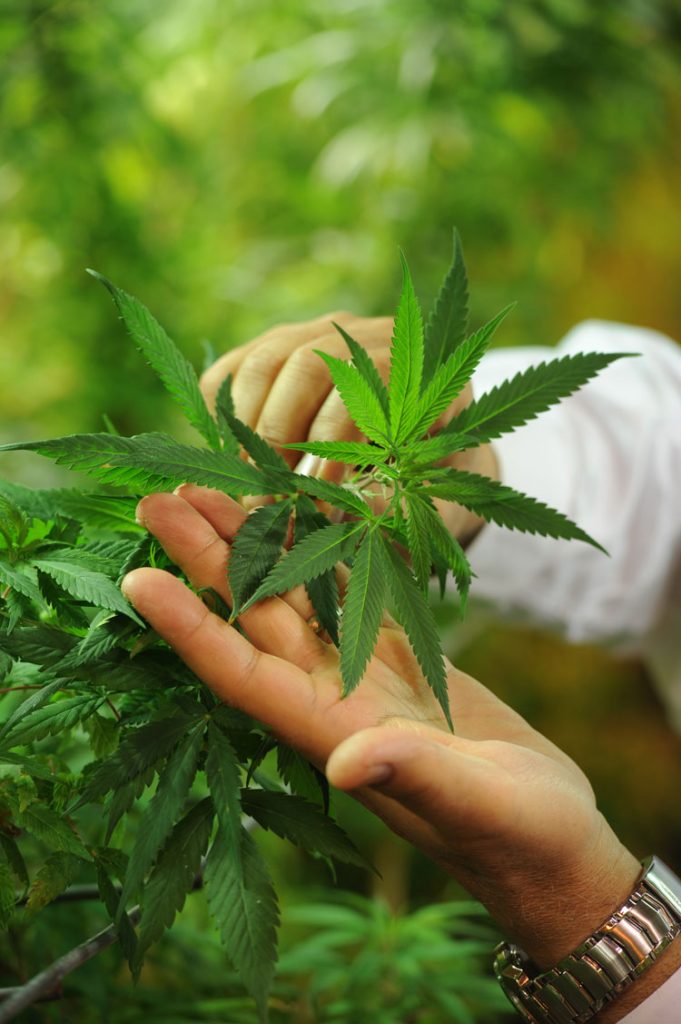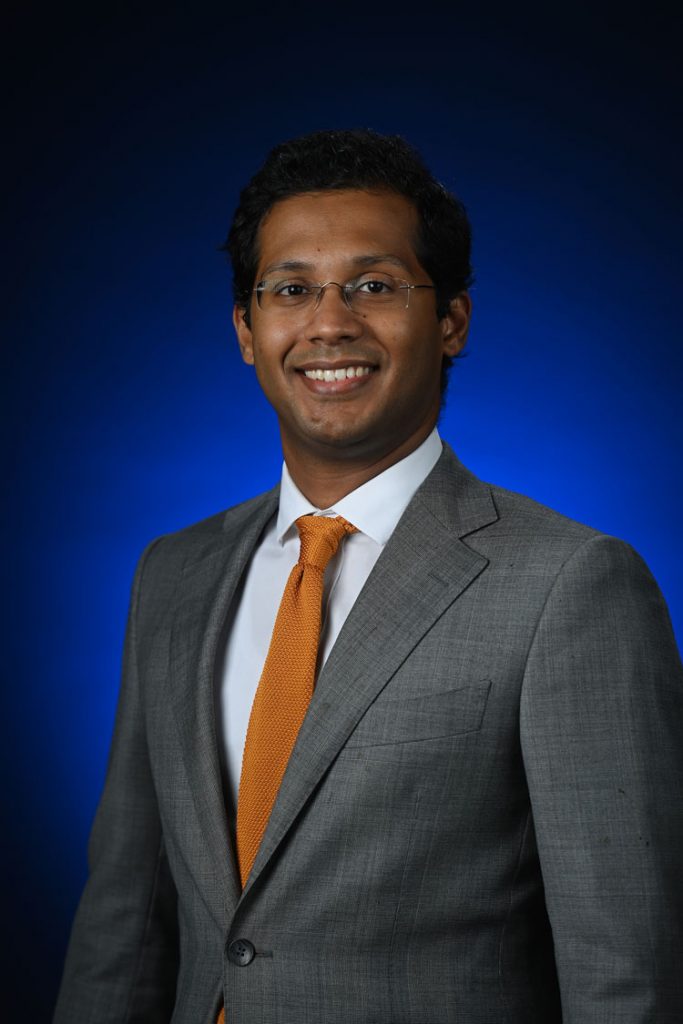
Findings indicate cannabis users may be trying to supplement or replace opioids and other medications
As legal medical marijuana usage climbed over the last decade, the use of prescription medications for pain has dipped, a University of Mississippi study has found. A team of Ole Miss researchers wants to know if the two are related.
In a recent study published in the journal Exploratory Research in Clinical and Social Pharmacy, the research team, which includes recent UM alumnus Tyler Dunn, found that the use of medical cannabis often coincides with the use of prescription painkillers, and pain patients may be using marijuana to supplement or replace opioids.
“We found that individuals who use prescription pain relievers are very likely to also be using medical marijuana,” said Sujith Ramachandran, associate professor of pharmacy administration and assistant director of the Center for Pharmaceutical Marketing and Management, who is a co-author on the article.
“What that means is patients that are using pain relievers need more than one source of relief – and that means needs aren’t being met.”
Drawing on a survey representing about 250 million Americans between 2015 and 2019, the research shows that medical marijuana use has climbed from 1.6% to 2.4%, whereas prescription pain medication use has dropped from 33% to 27%. Prescription medication misuse – which occurs when someone takes more than their allotted dosage of medicine or takes pain medication without a prescription – dipped from 4.7% to 3.7%.
“We couldn’t establish that causal relationship – we can’t come to the conclusion that patients are replacing their opioids with medical marijuana – but we can look at trends,” said Dunn, who graduated in 2022 with a doctoral degree in pharmacy administration.
“We’ve come to the conclusion that this is something that may be happening and something that future research should look into for more in-depth understanding.”
As politicians look for solutions to the opioid crisis – the sharp increase in drug overdose deaths in the United States due in large part to the spread of opioid painkillers – researchers should investigate any possibility of mitigating pain without relying on the highly addictive drugs, Dunn said.
Though marijuana remains federally banned, 38 states have legalized medical use and 24 states allow recreational cannabis. Of the reported medical cannabis users in the study, more than 15% lived in states where medical marijuana is illegal, Dunn said.
This statistic is separate from those who self-reported using marijuana for recreational purposes, meaning users either drove across state lines to purchase their cannabis or received a recommendation from a physician to try medical marijuana, despite its illegality in the state, he said.
“This high prevalence highlights that there is an unmet need for patients in these states,” Dunn said. “These are patients who either self-medicate or these are pain patients who are looking for relief and going to medical marijuana because it has fewer side effects and addictive qualities, compared to opioids and other pain relievers.
“The treatment gap is that there are potential medical marijuana patients who have pain who aren’t getting medical marijuana because they live in a state that doesn’t allow medical marijuana.”
The use of medical marijuana often coincided with severe mental health issues and with noncannabis substance dependence, a sign that some users may be self-medicating health concerns other than chronic pain, Ramachandran said.
Whether medical marijuana is helping these patients requires further study.
Because marijuana is still considered a Schedule I drug, organizing and funding studies on it is difficult, he said.
“This is a fascinating topic that I don’t think there is enough information about,” Ramachandran said. “We need more clinical trials. We need more observational studies.
“The overwhelming evidence here is we need more research.”
This study is one of a three-part series published following Dunn’s dissertation. Ramachandran, along with Yi Yang, chair and professor of pharmacy administration, John Bentley, professor of pharmacy administration, Saim Kashmiri, associate professor of marketing and Erin Holmes, professor of pharmacy administration, are co-authors on the report.
By Clara Turnage







